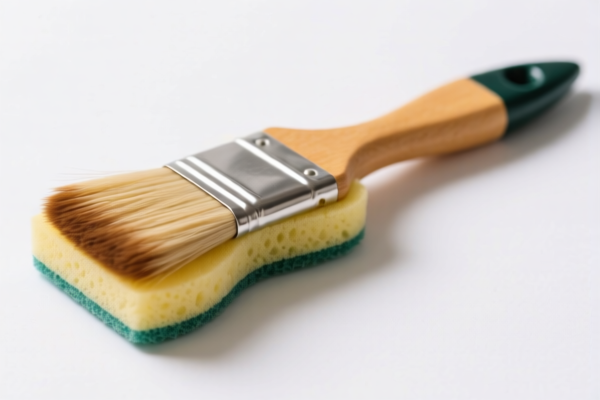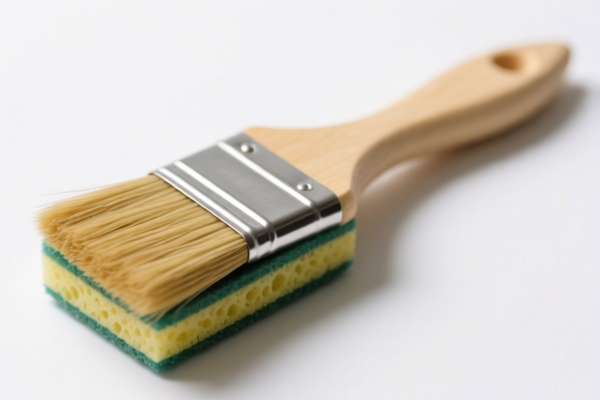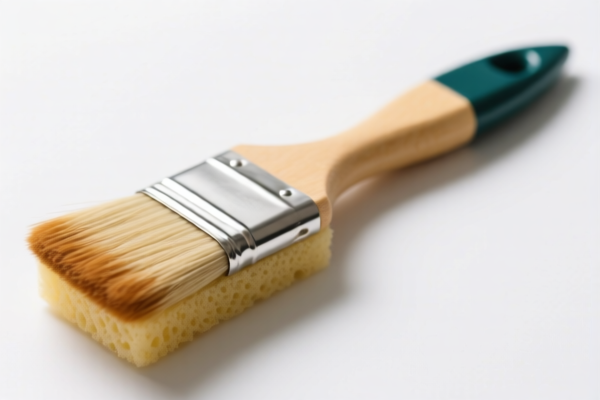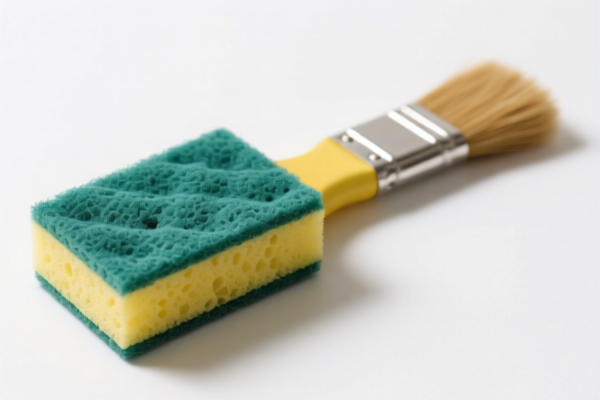| HS Code | Official Doc | Tariff Rate | Origin | Destination | Effective Date |
|---|---|---|---|---|---|
| 3924104000 | Doc | 33.4% | CN | US | 2025-05-12 |
| 3924905650 | Doc | 40.9% | CN | US | 2025-05-12 |
| 6304996040 | Doc | 33.2% | CN | US | 2025-05-12 |




Sponge Brush
A sponge brush is a cleaning tool combining the absorbent properties of a sponge with the bristle-like structure of a brush. It is utilized for a variety of cleaning and application tasks, offering a balance between scrubbing power and gentle application.
Material
The core component is the sponge, typically made from:
- Cellulose: Derived from wood pulp, these are highly absorbent and biodegradable. Often used for general cleaning.
- Synthetic Polymers: Polyurethane and polyester foams are common. These are more durable than cellulose, resist mildew, and can be manufactured in various densities.
- Natural Sea Sponges: Less common due to cost and sustainability concerns, but highly valued for their softness and unique texture.
The bristles are usually made of:
- Synthetic Fibers: Nylon, polypropylene, or polyester are frequently used for their durability and resistance to chemicals.
- Natural Fibers: Less common now, but historically boar bristles or other natural fibers were used.
Purpose & Function
Sponge brushes serve dual purposes:
- Cleaning: The sponge material absorbs liquids and cleaning solutions, while the bristles provide scrubbing action to remove dirt, grime, and debris.
- Application: They can be used to evenly apply liquids such as paint, stain, varnish, or cleaning solutions.
The combination allows for controlled application and simultaneous cleaning or scrubbing. The open cell structure of the sponge helps to hold and release liquids effectively.
Usage Scenarios
- Household Cleaning: Washing dishes, cleaning countertops, scrubbing floors, cleaning bathrooms.
- Automotive Detailing: Applying tire shine, cleaning interior surfaces, applying detailing sprays.
- Painting & Staining: Applying paint to furniture, applying stain to wood surfaces, applying varnish or sealant.
- Art & Crafts: Applying glue, applying washes, creating textures.
- Cosmetics: Applying makeup (specifically foundation or blush).
- Pet Care: Applying shampoo during grooming.
Common Types
- Dish Brushes: Designed for washing dishes, often with a long handle and angled bristles.
- Detailing Brushes: Smaller brushes with soft bristles for cleaning tight spaces in cars or other machinery.
- Paint Brushes (Sponge Type): Larger brushes with a sponge head for applying paint to larger surfaces. These often have a handle and a metal ferrule.
- Cosmetic Sponges: Specifically designed for makeup application, often wedge-shaped or rounded.
- Grout Brushes: Small, stiff-bristled brushes for cleaning grout lines in tiles.
- Long-Handled Sponges: Designed for cleaning floors or other hard-to-reach surfaces. These feature a sponge head attached to a long handle.
Based on the provided information, classifying "sponge brush" requires careful consideration of its material and intended use. Here's a breakdown of potentially relevant HS codes:
- 3924104000: This code covers “Tableware, kitchenware, other household articles and hygienic or toilet articles, of plastics: Tableware and kitchenware: Other”. If the sponge brush is made of plastic and primarily used for kitchenware purposes (e.g., washing dishes), this HS code may be applicable. The total tax rate is 33.4%, comprising a 3.4% base tariff and a 30% additional tariff effective after April 2, 2025.
- 3924905650: This code covers “Tableware, kitchenware, other household articles and hygienic or toilet articles, of plastics: Other: Other”. If the sponge brush is made of plastic and doesn’t fall specifically into the “Tableware and kitchenware” category, this code could be relevant. The total tax rate is 40.9%, consisting of a 3.4% base tariff, a 7.5% additional tariff, and a 30% additional tariff effective after April 2, 2025.
- 6304996040: This code covers “Other furnishing articles, excluding those of heading 9404: Other: Not knitted or crocheted, of other textile materials: Other: Other Other: Other (899)”. If the sponge brush is made of textile materials (other than knitted or crocheted fabrics) and is used as a furnishing article (e.g., for cleaning purposes), this HS code might be applicable. The total tax rate is 33.2%, including a 3.2% base tariff and a 30% additional tariff effective after April 2, 2025.
According to the provided reference material, the HS code options related to 'sponge brush' are limited, with only the following 3 found.
Customer Reviews
No reviews yet.